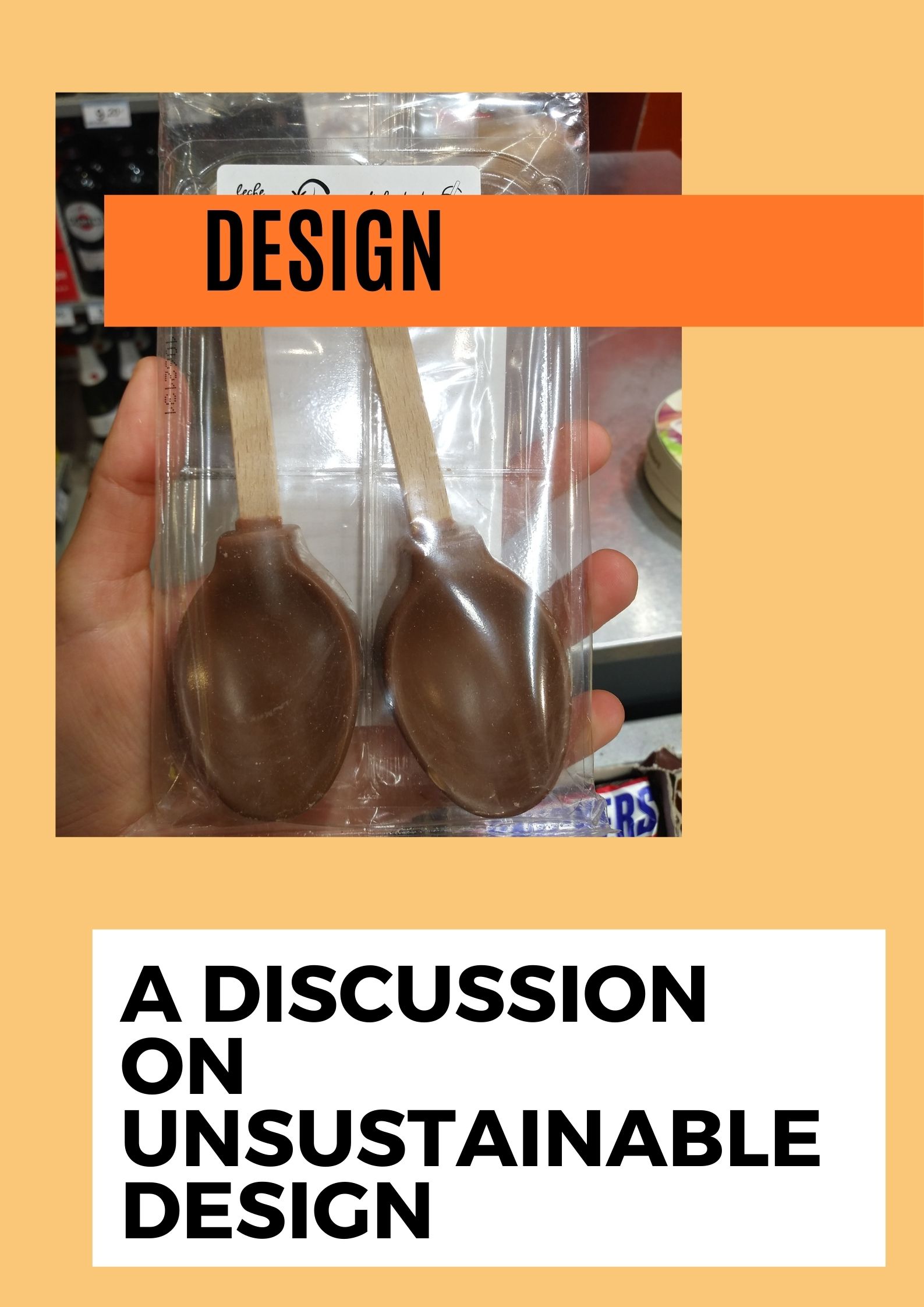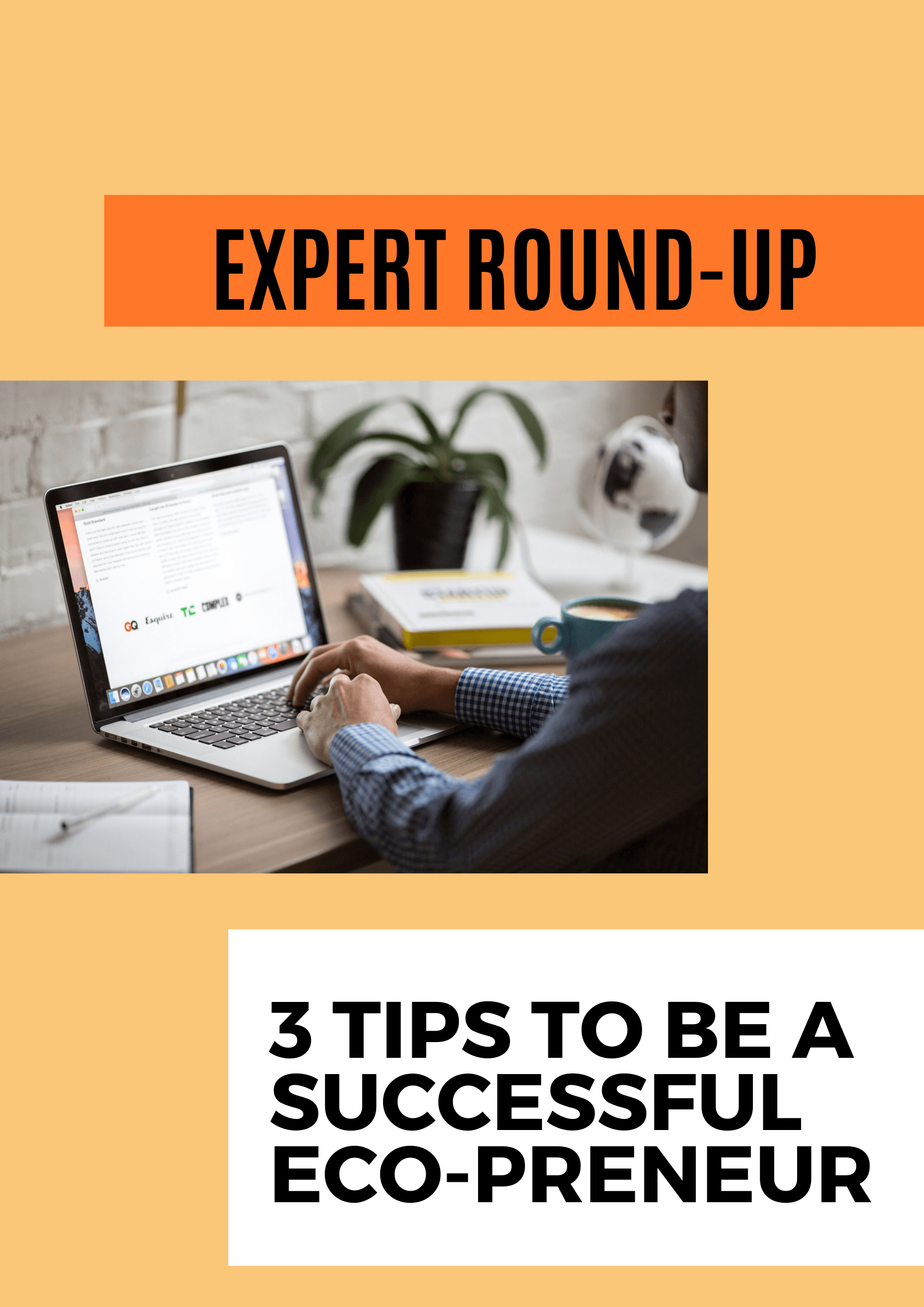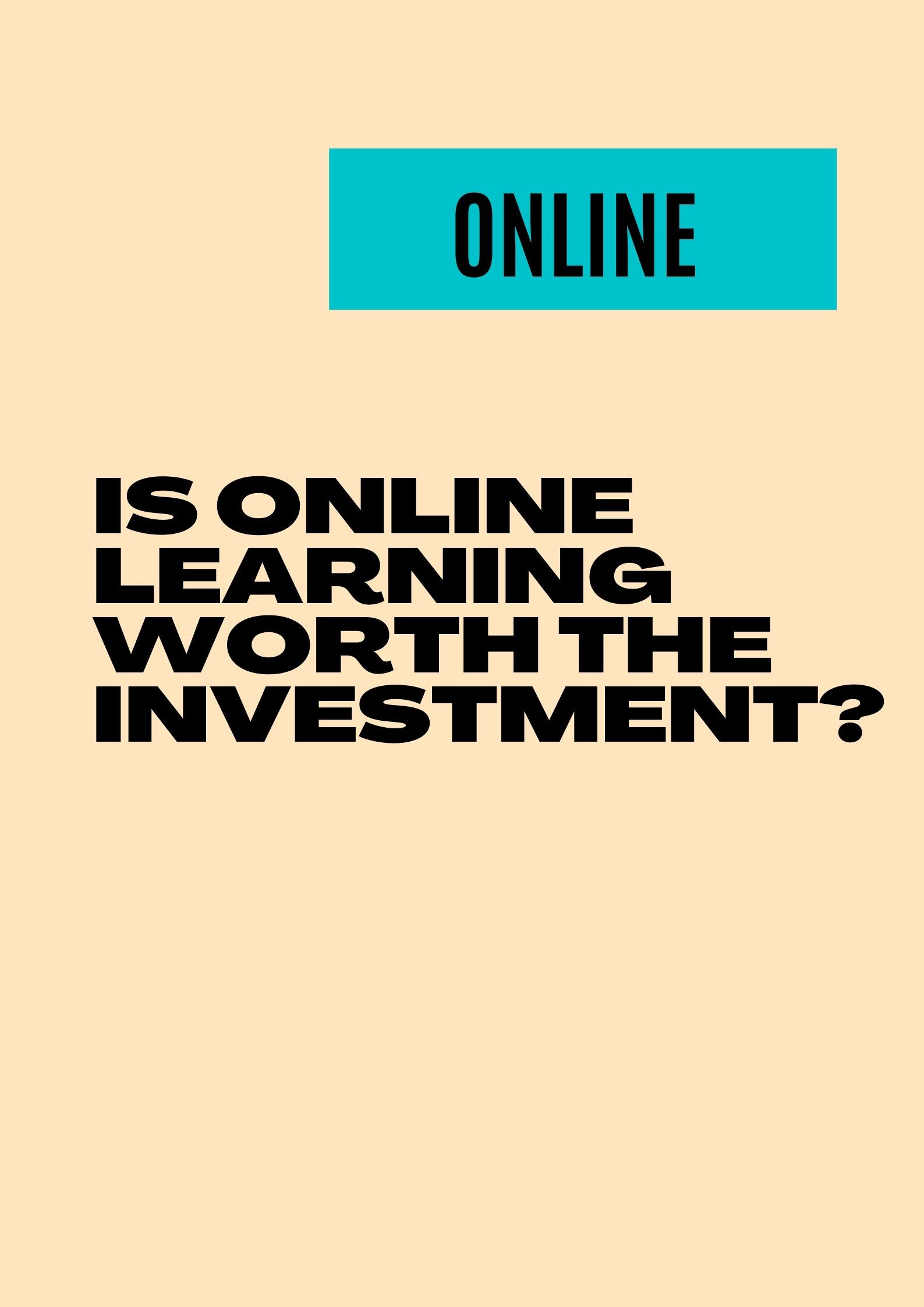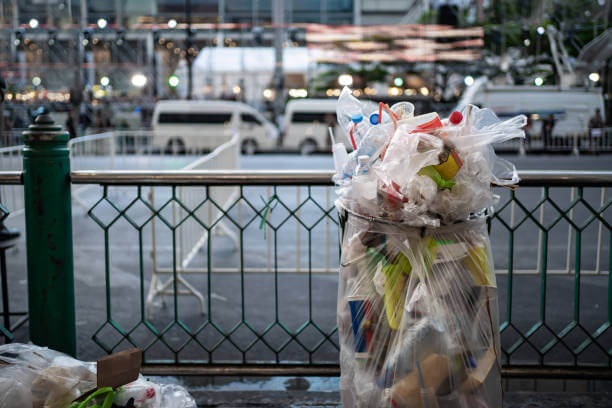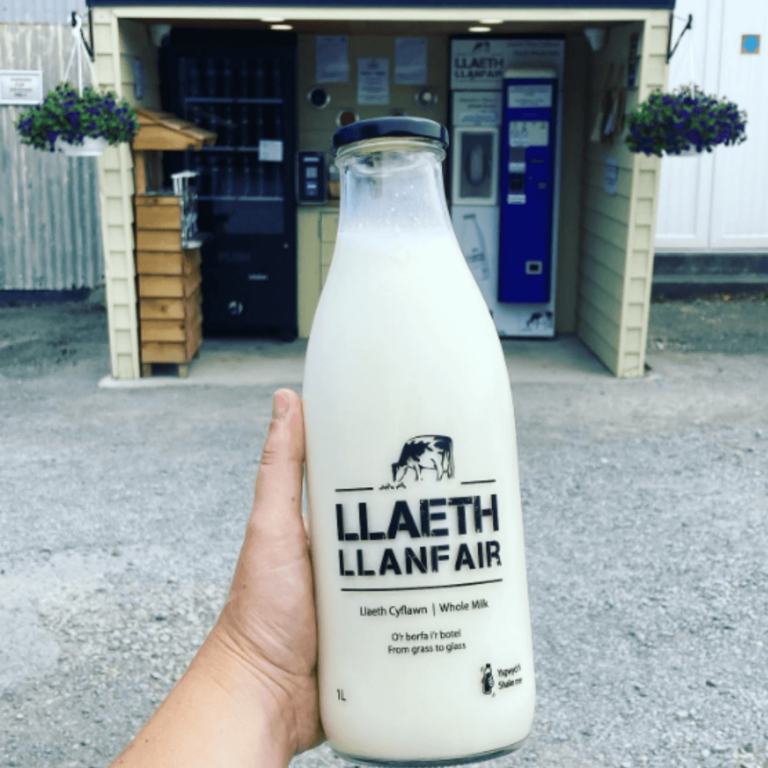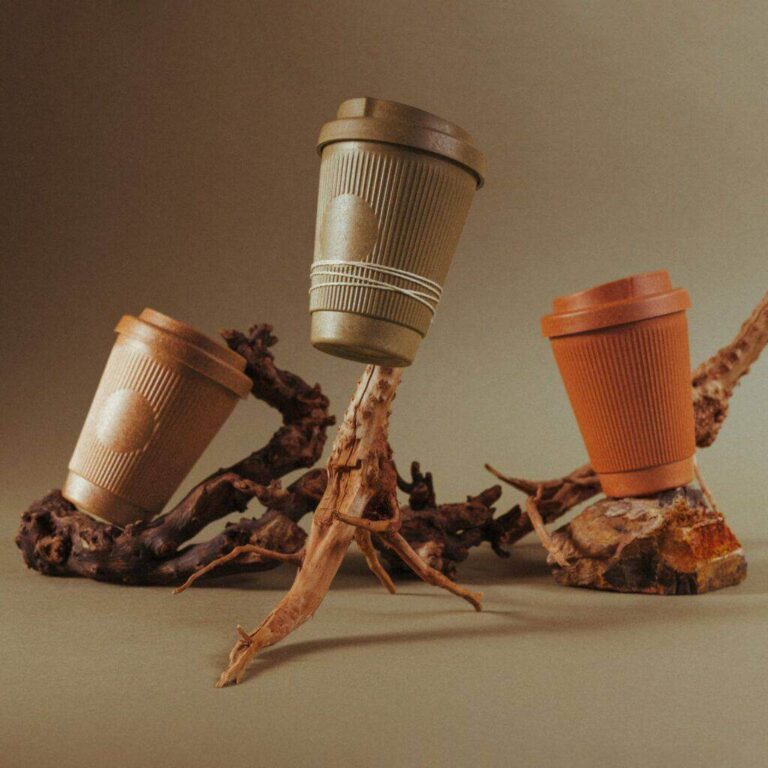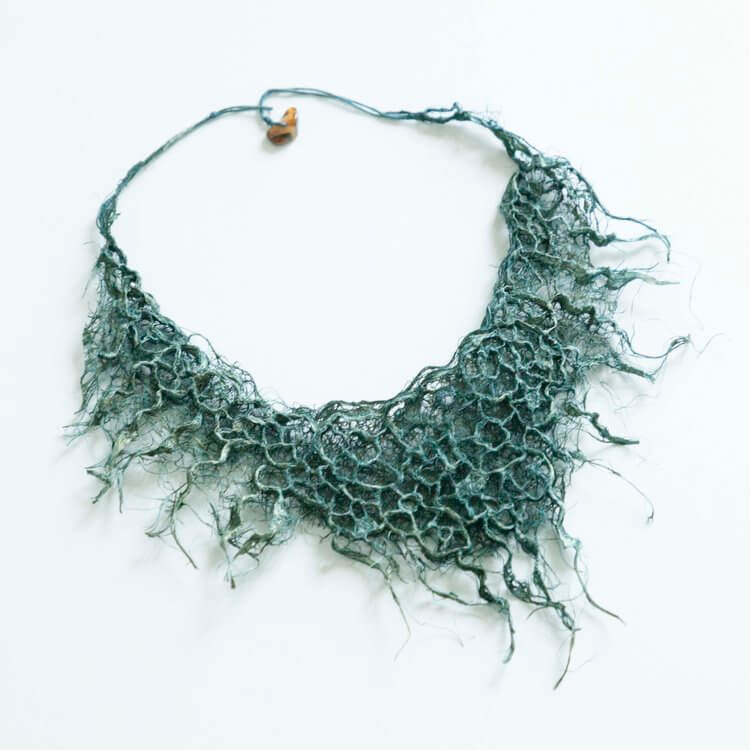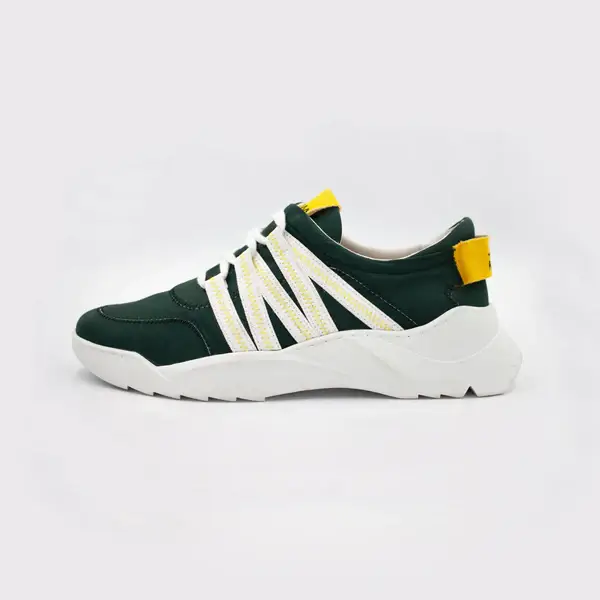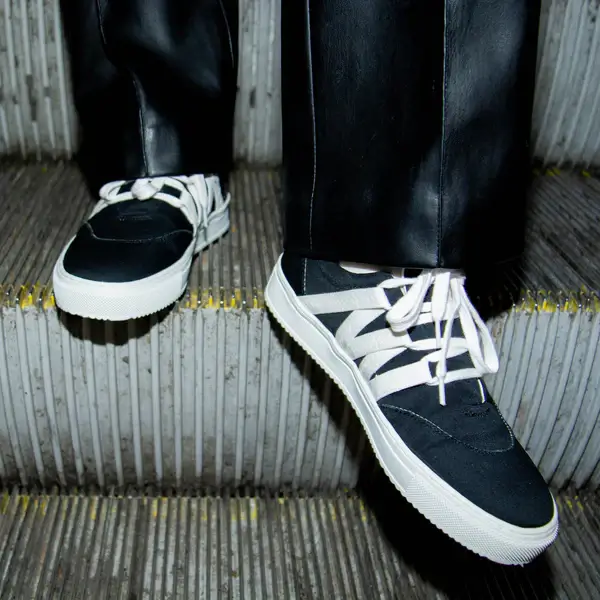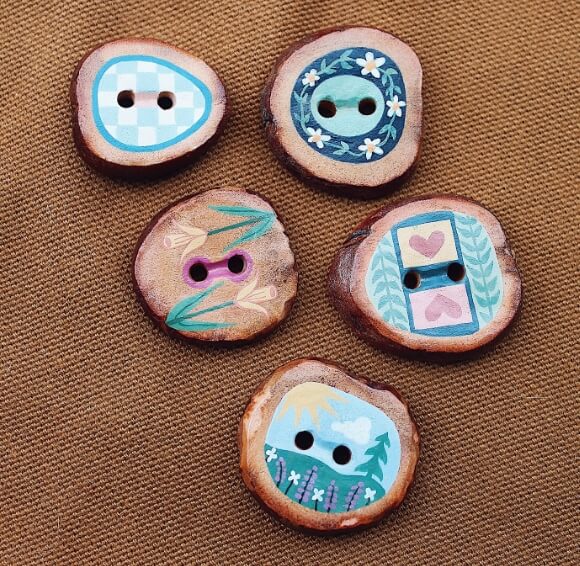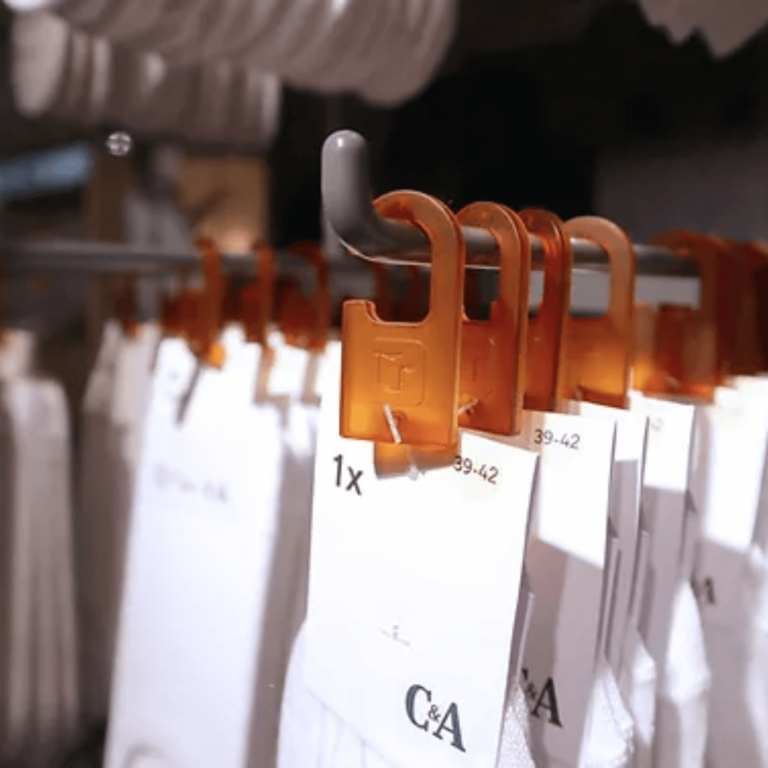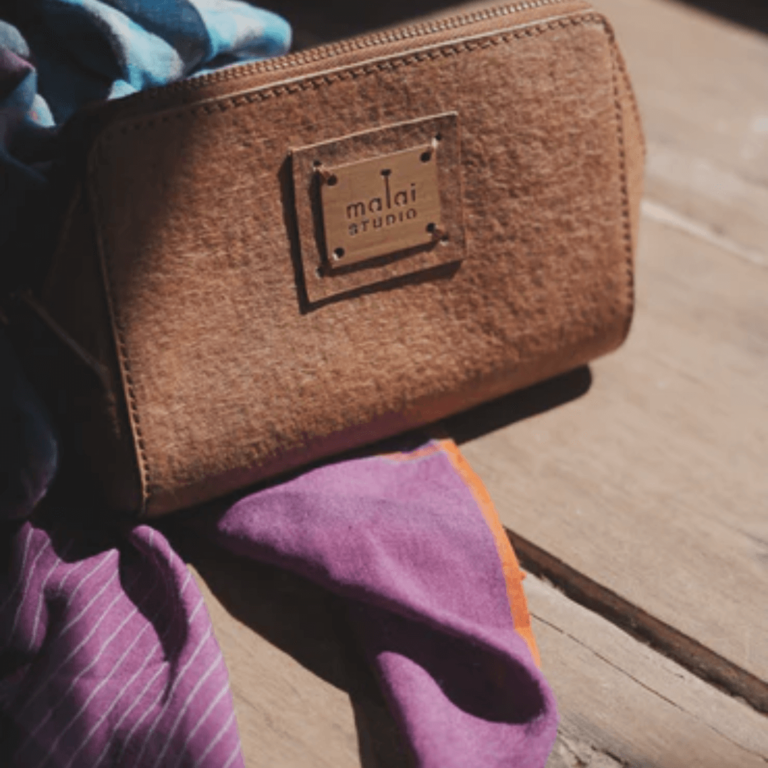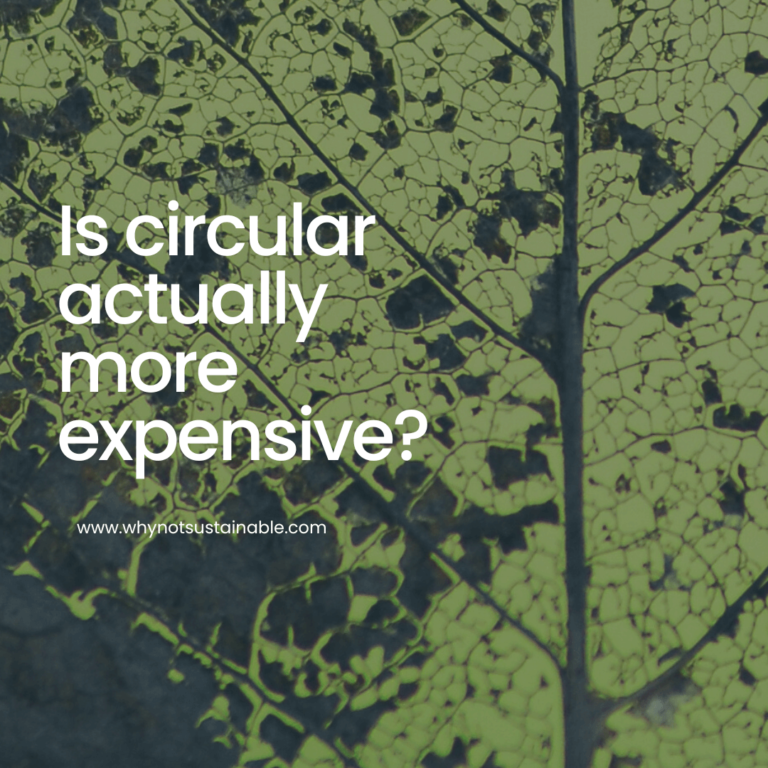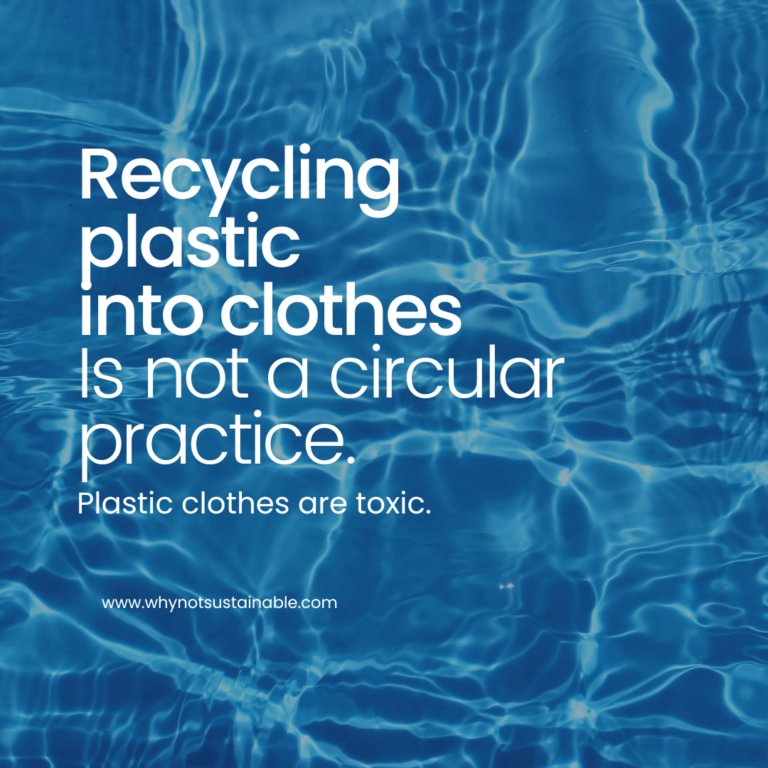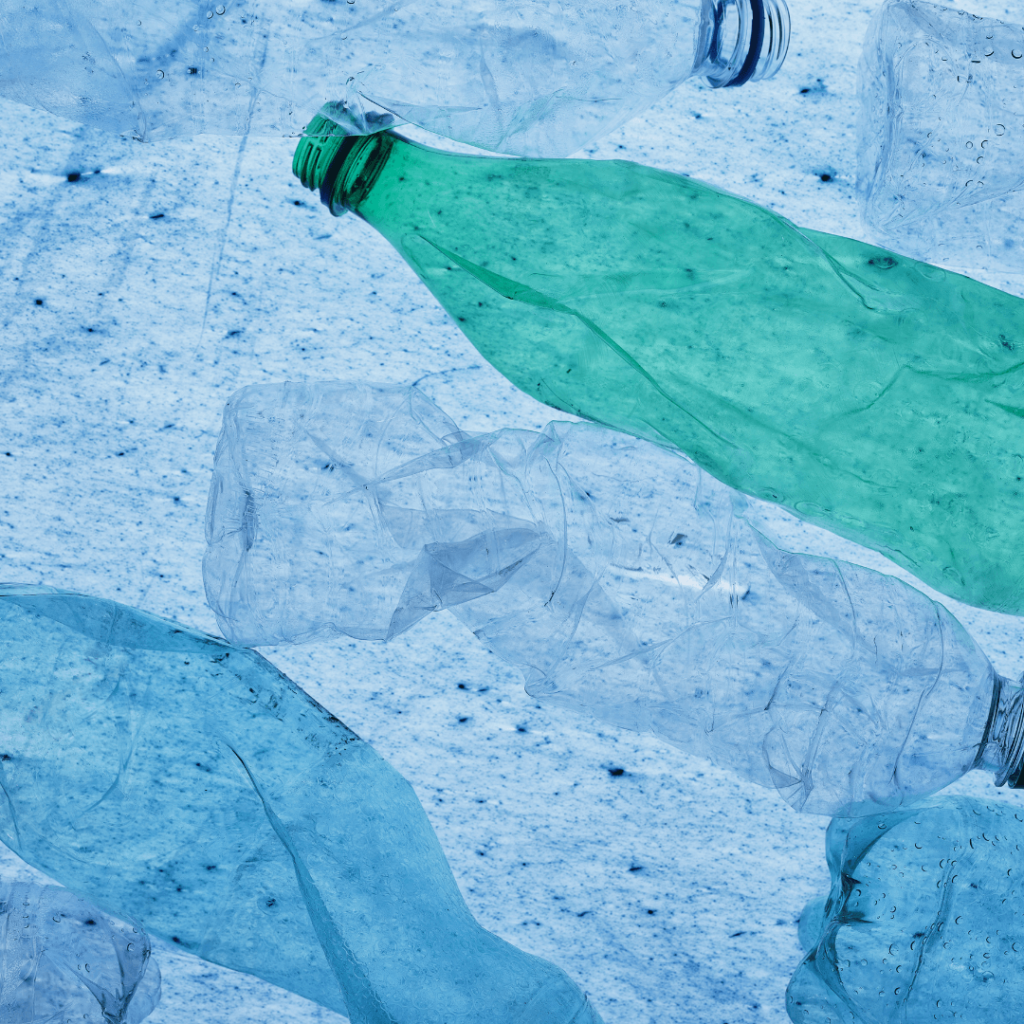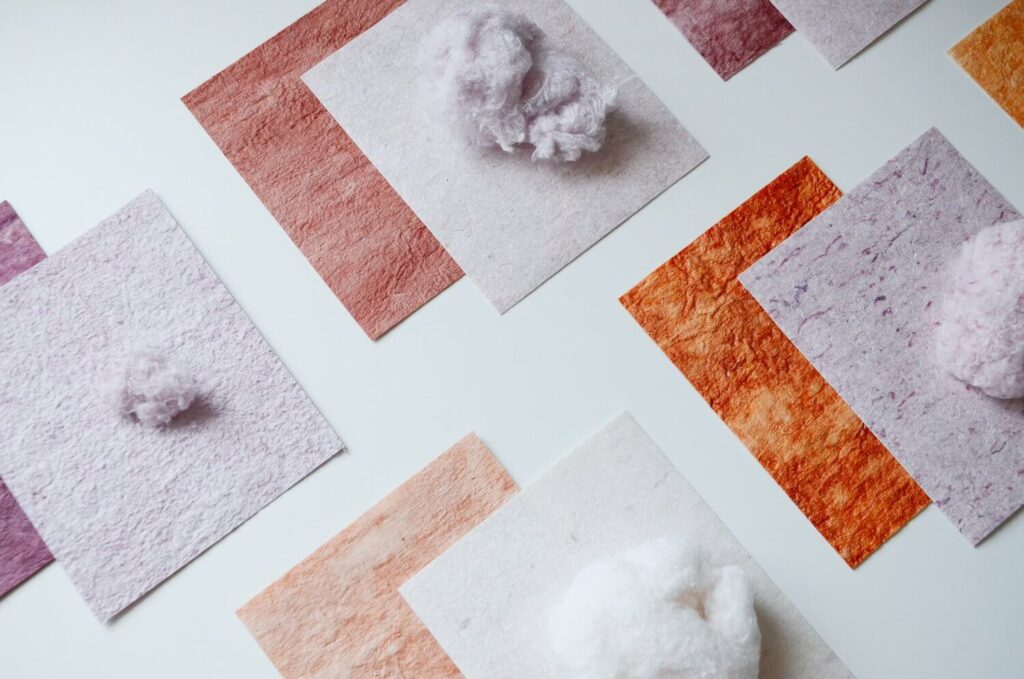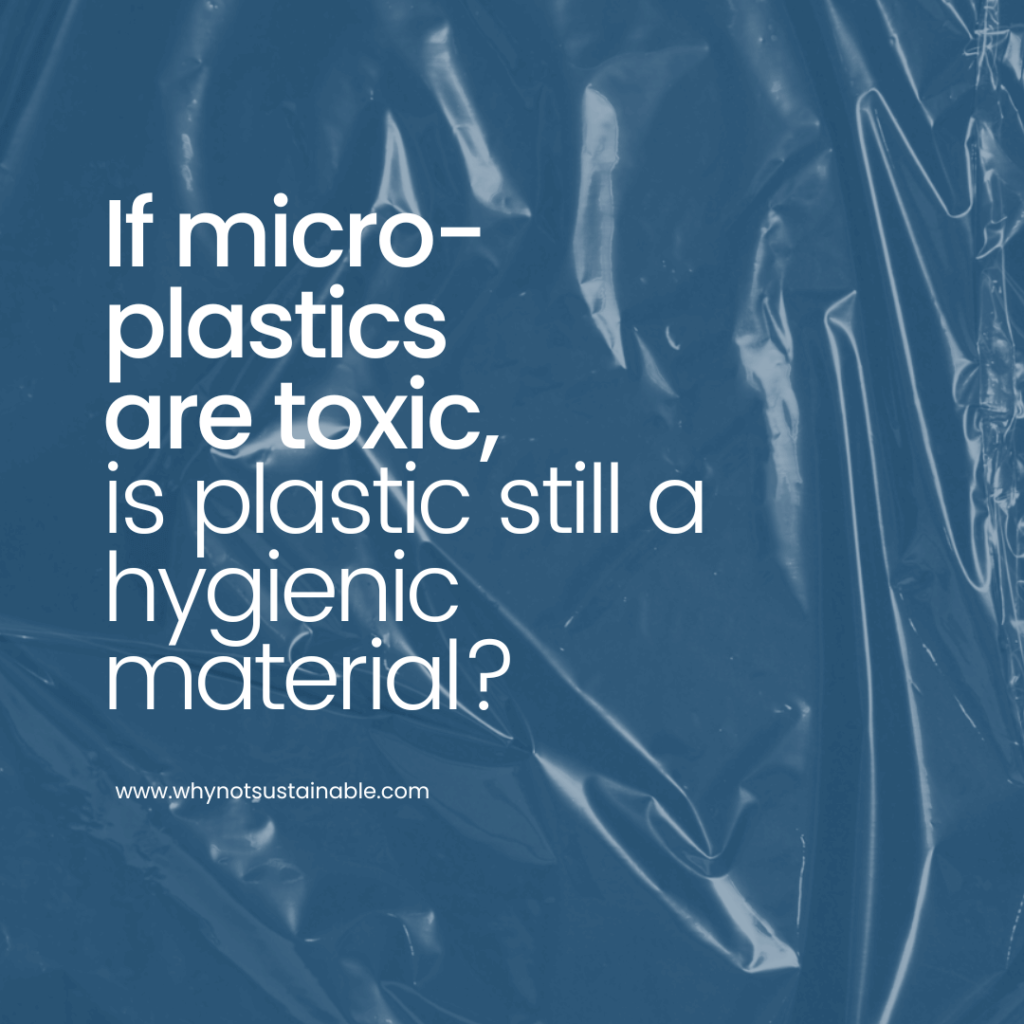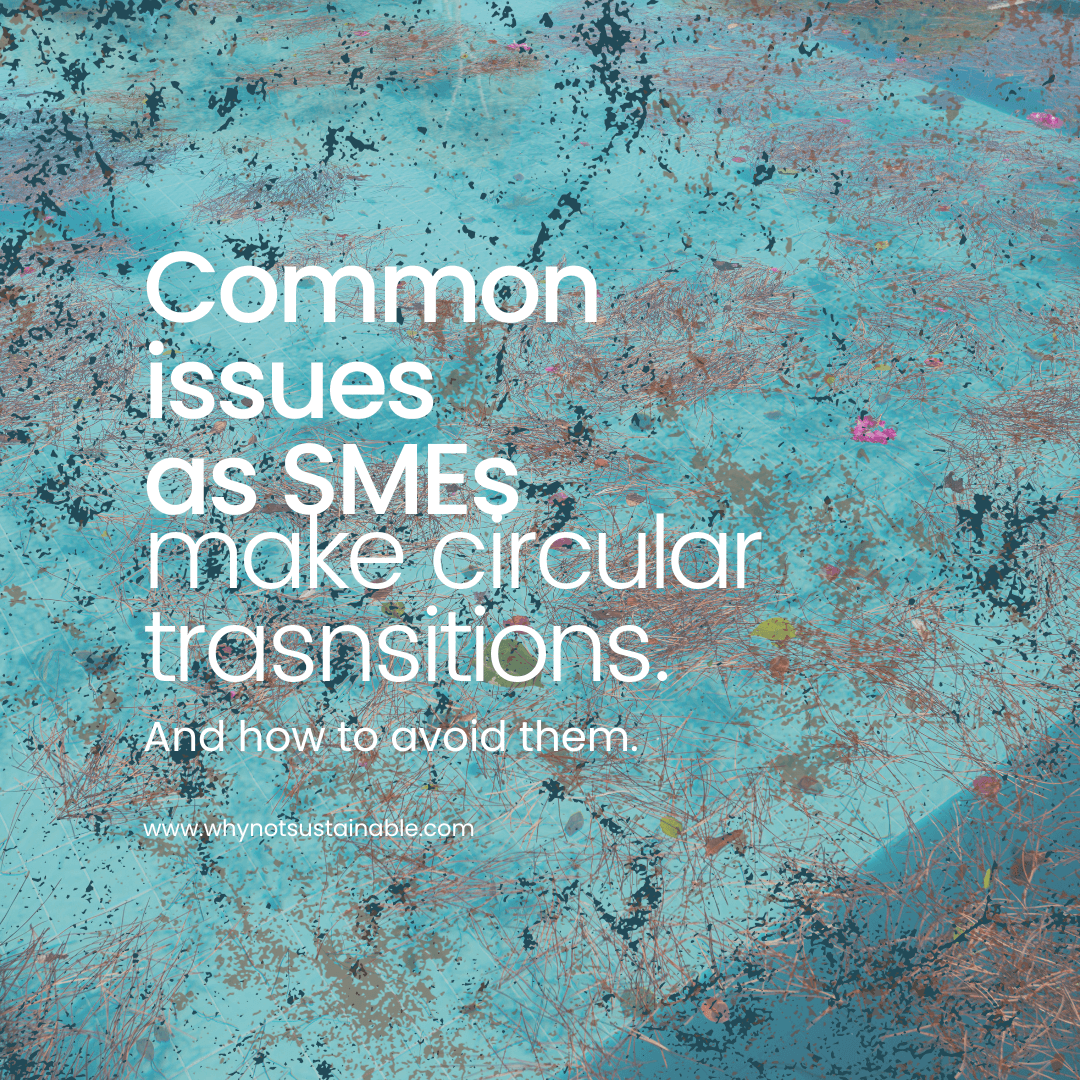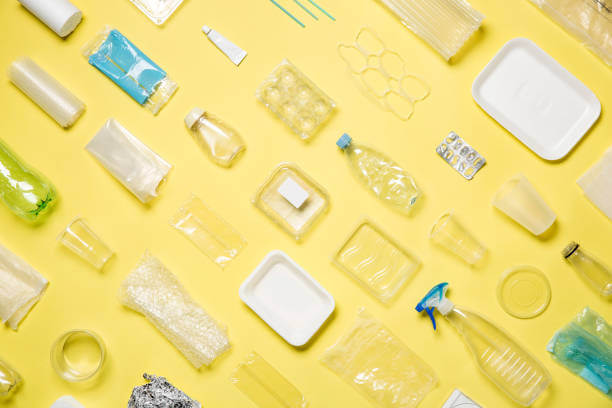
Exploring circular economy and regenerative business practices with a real focus on replacing and eliminating plastics.
Replacing Plastic in your Business.
Replace plastic in your businesses by identifying where and why it is being used, if it is necessary (exploring necessary), and the feasibility of replacing it. In many cases, for this to be possible, changes to your business model will need to be implemented. Read more ➞
Is Natural always better?
If the natural resource is being used unsustainably, abused, overused, not in harmony with the surrounding environment and ecosystem, this is a very minimal immediate protection/benefit for the customer. Cosmetics where natural materials are replacing chemicals that have been proven to cause health issues is an example. There are many similar examples in the market (do share if you have come across them).
This immediate benefit is not sustainable/ circular/ regenerative/ positive impact behavior. It can and is in fact becoming degrading to the environment and very misleading to customers that really want to do better. Contribute on LinkedIn➞
My Selection of top Plastic-Free Businesses.
Using circular and regenerative practices, these businesses are sourcing materials sustainably as well as using waste streams for their inputs. Their products also perform positively during and at the end of their lifecycles. Through their business activity they eliminate and replace negative industry practices and start the regeneration process — business owners and designers that actually study and apply circularity feasibly. Read more ➞
A straightforward way to becoming more sustainable.
During Covid it was clearly set what the “essentials” and “non-essentials” were, can we adopt a similar approach with sustainability?
Can we stop the sale/purchase of “non-essential” polluting products to stop the spreading of negative environmental and social situations?
I share a straightforward way to becoming more sustainable for businesses and customers in this video.
Nike Sustainability Claims | Why I will no longer be buying Nike products.
Producing 780 million pairs of shoes per year with zero waste, that is the claim. I provide an overview of what I found upon closer look.
I also share what to look for in sustainability/ circularity for footwear. Watch video ➞
Is coffee sustainable? | Problems and Alternatives
In this video I talk about what contributes to coffee (and tea) drinking’s negative impact and what to consider to make big improvements, and how your coffee habits can even become helpful to the environment.
Is Circular Actually More Expensive? (part 1)
Here are some reasons why circular is not more expensive:
1. Perhaps if we compare products and services one-to-one, yes, the cost might be more elevated. But circular inherently means buying less products and using less materials; it means more durable, longer lasting products that we need less off.
A study on product durability, environmental impact, and cost- shows “The more durable product generally delivers a lower life cycle cost for the consumer”.
2. Business models that involve reuse, sharing, remanufacturing, resource recovery are inherently cheaper. In a study that compares a washing machine service vs product sale, an estimated 30% price reduction was concluded.
3. By definition most excessive practices and purchases are not circular. How many pairs of shoes do you need (19 pairs for the average American)? Are all the cosmetic products bought actually used or useful? A study shows that on average clothes are worn 7 times before being discarded!
4. A big contributor to high cost for businesses is the lack of government support, available infrastructure, and knowhow to support circular practices and businesses. Resource recovery remains more costly than extractive practices. If taxed for the harmful environmental and social impact – plastic for example would be the of the most expensive materials rather than the cheapest. Every year the fossil fuel industry still receives subsidies to destroy our environment ($7 trillion in 2022) – perhaps a redirection of these subsidies can give circular practices the leg up and widespread use that fossil fuels have been getting for years. Will circular remain more costly then?
5. A survey say that customers are 68% more likely to pay more for sustainable products. Are businesses taking advantage of that to overprice and expand their profit margins? My guess is yes.
What would you add? Contribute on LinkedIn ➞
Recycling Plastic into clothes is not a circular solution.
The intention is likely in the right place, but recycling plastic into clothes is not circular and does not help the ocean.
While it might be circulating plastic into a new product, what happens to this clothing during and at the end of its lifecycle.
During its lifecycle it is toxic to us when it comes into contact with skin and then to water when it gets washed. After use, it is virtually un-recyclable.
This is one of the most common issues I see with fashion businesses starting to make changes to become more sustainable.
Plastic sportswear, swimwear etc.. has negative impact.
The only plausible recycled plastic textile solution is long-lasting durable textile that will not get washed often. Like backpacks, coats are a stretch. If you put this recycled plastic out, you also have to take it back and recycle it for it to have any positive impact.
How to avoid these mistakes?
Training, hiring an expert, or a whole lot of research and experience!
Like any field circular economy is something to study.
Your training can even be covered by gov. funding.
Book a call for more info. Contribute on LinkedIn ➞
Is Circular Actually More Expensive? (part 2)
Business owners,
If you sell products that are sustainable/circular, consider this when it comes to pricing:
If you sell at higher prices just because you can, you might be helping create an inaccurate image that circular is more expensive.
Circular is all about optimizing systems, stopping waste, keeping materials in circulation, and business models that support cost effectiveness.
If your products/services are actually more expensive because of better labor conditions for example, that is very understandable, I want to know, and I want to pay more.
But,
If you have managed to cut down costs (which we know statistically is a very likely situation) and higher prices are just part of your pricing strategy, it can make products inaccessible, less frequently used; less popular! Contribute on LinkedIn ➞
Where Plastic doesn't Work.
There are places where plastic is simply not a good/viable option. Around food and beverages, packaging, single-use, clothes are some of them.The EU directive is however encouraging mandatory percentages of recycled plastic but, it is also encouraging reducing and replacing plastic. So, what can we use? How do we replace it?
New biomaterials: there are hundreds of them being developed, some made with food and agricultural materials that are left over from production which is currently considered “waste”.
Use well established inert materials with established recycling systems like glass and aluminum. Changing business models: the way we deliver products and our relationships with customers like refills, subscriptions, and take-back schemes.
Recognizing what we can and can’t offer sustainably: consider that the product you are currently offering at mass, is not a product you can actually offer sustainably. Like monocultures depleting soils, mass productions of clothing, plastic prepackaged meals, and single use convenience items. Watch Video ➞
what is the true cost of “I’ll just buy another one”?
Every time we purchase an item, we are using energy, materials— generating waste.
So, what is the true cost of “I’ll just buy another one”?
“Just another one” is:
Energy spent to make this new product.
Materials extracted.
Transport (usually long distances and multiple times).
Toxic chemicals and additives.
(possibly)Workers underpaid and exposed to toxic conditions.
Another product that will likely end up in landfill.
If the product is so cheap that “ I’d just buy another one”, the environmental cost is likely expensive. Contribute on LinkedIn ➞
Practical Applications in Material Design.
Thank you Sarmite for joining me! It was a treat.
“I think as designers we need to think strategically – What am I offering and how do I want to grow further? If we speak about materials, there is so much beautiful material development out there, but how much of it is functional…” Tune in to hear what we had to say! Watch video ➞
A Discussion on Unsustainable Design.
For many companies, plastic remains the safest way to deliver food at low cost, this is obviously arguable when you consider that plastic leaches chemicals into food and beverages, and the immense cost of waste management that it incurs. Read more ➞
Is Plastics a Hygenic Maerial?
Consider plastic food packaging, cosmetics, detergents, plastic clothing… Is this material actually a clean/sterile option when it contaminates surroundings with chemicals and microplastics? Contribute on LinkedIn ➞
Making Circular Transitions.
If there are no collection facilities this spoon will pollute recycling streams which are already poor, or it is going to landfill where it will perform almost just as badly as plastic.
If compost collection is available or you can compost on site, that is great and it will be a valid solution, but only if you make sure that these spoons will actually improve soil quality when they disintegrate. This is largely unavailable. If compost is degrading soil quality due to toxic additives it is not a solution.
What is a possible valid and viable circular solution?
You are better off using reusable spoons that are washed after use.
Or no spoon at all, do we really need to sample all the ice cream before choosing one? Is sampling ice cream really worth polluting for?
This compostable spoon has driven the cost up and produced very minimal improvement to the environment.
To avoid these situations, consider learning how a circular business works. There are many courses and coaching programs available that can help you make better decisions for your pocket and the environment.
Find what suits you! Government funds are also available for training and circular economy that will even cover your training costs.
Contribute on LinkedIn➞
Unacceptable Marketing Practices?
Natural imagery in marketing, can it be an exclusive privilege reserved for circular, sustainable, impact, regenerative businesses?
I find this type of marketing unacceptable, and it is present everywhere.
Businesses using what they destroy to build their image.
I am using Garnier as an example here; they are one of many. While Garnier are improving their line with solid shampoos they still produce and have produced a large amount of plastic bottles for their products.
Their Fructis brand is built on fruits and a natural feel, but where do these products end up after use? Polluting the very environment they use to create their natural image. Contribute on LinkedIn ➞

About the Author: Lara Mehanna
I’m a circularity and regenerative business consultant, trainer, and instructional designer. I work with SMEs on designing out waste and improving business experience. My story with sustainability started between kitchens and local farms over 10 years ago. I have had the privilege of establishing and assisting with the development of many green businesses in the areas of product design, arts, farming, and hospitality. You will find many more of these examples and applications in my courses and training programs.

